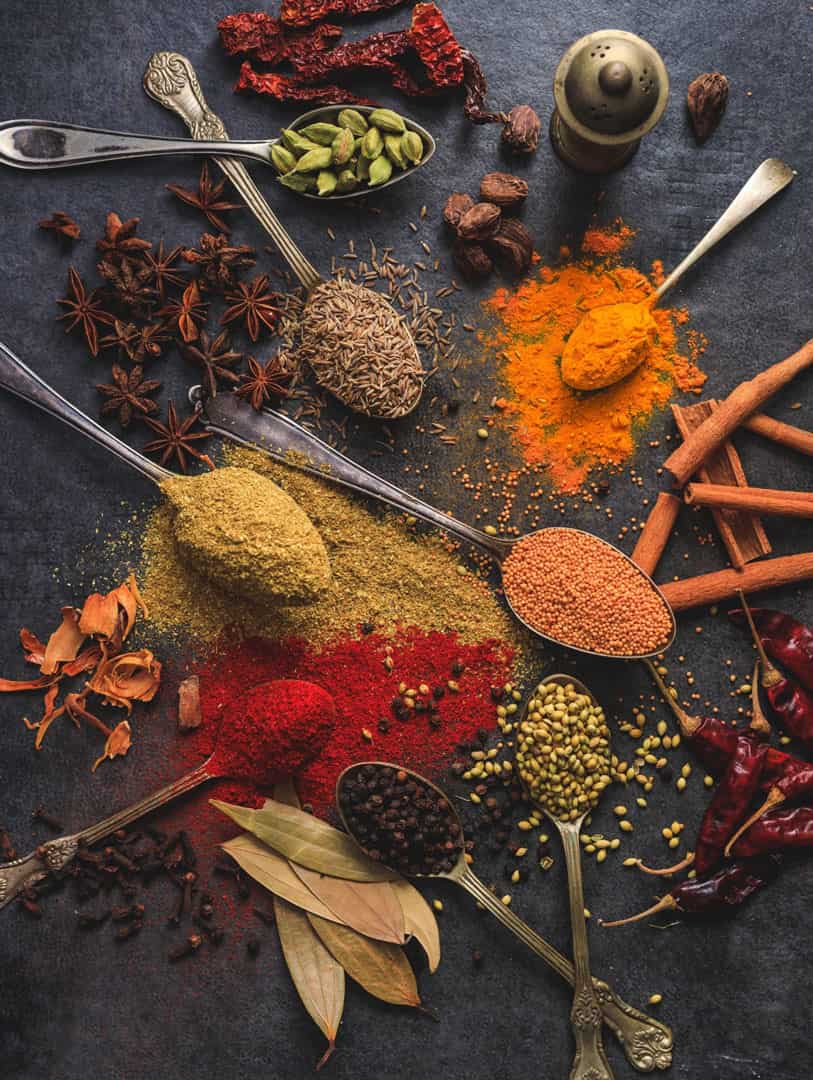
Looking good also has a lot to do with feeling good. Aches and pains happen, and sometimes staying active or taking a warm bath isn’t enough to make them go away. While taking over-the-counter medication is effective, over time, it can have side effects. Natural painkillers, however, are safe for more prolonged use.
Those looking to alleviate pain naturally may know about aromatic essential oils that relieve headaches or ginger that treats tummy aches. However, there are far more natural remedies for powerful and effective pain relief. Read on to learn about four surprising natural painkillers and how to use them.
The smell of cloves may remind you of the holidays, gingerbread, hot wine, or even Indian curries. While cloves are incredibly fragrant, they also have a lot of potential healing properties. These little flower buds from the Syzygium aromaticum tree have antioxidants, as well as antiviral, anti-fungal, and anti-inflammatory properties. Furthermore, cloves contain the natural anesthetic eugenol.
Best for: Temporarily alleviating toothaches. Using cloves and clove oil as pain relievers dates back centuries. Some ancient treatments even involved putting a clove inside cavities or infected teeth. Although I don’t recommend doing that, cloves or clove oil can be a helpful pain reliever while you wait for your dentist appointment.
How to take it: While you can directly apply a whole clove to a sore on the gums, the little pointed edges can cause discomfort for some. You can also use clove oil, mixed with a carrier oil like almond oil or olive oil, and a cotton ball. Soak the cotton ball, then apply it to the trouble area, and let it sit for a few minutes. Repeat the process every few hours.
Valeriana officinalis or valerian root is a flowering plant known as “nature’s tranquilizer.” Not surprisingly, that title comes from its reputation for treating insomnia. Valerian root’s most active components are its antioxidants, valerenic acid, and isovaleric acid. Scientists have also found that it interacts with gamma-aminobutyric acid (GABA) in the brain and keeps it from breaking down. Low levels of GABA alongside stress can lead to poor sleep and anxiety.
Best for: Treating stress, anxiety, insomnia, tension, irritability, menopausal hot flashes, and premenstrual symptoms. Valerian root appeared in the world of medicine over two thousand years ago. Its combination of strong acids and antioxidants make it very versatile.
How to take it: Perhaps the easiest way to consume valerian root is in tea form. It’s easy to find valerian root tea at your local supermarket. If you are looking for a stronger brew, you can also make a tea with the root itself.
You may have heard that spicy food is good for boosting your metabolism, but did you know that it can also alleviate pain? Spicy foods like cayenne pepper and wasabi have a component called capsaicin, making them natural painkillers. That’s because our brains have a substance called substance P that travels around signalling pain. Capsaicin reduces substance P, and therefore, we feel less pain because of it.
Best for: Relieving post-operative pain, lower back pain, joint, and muscle pain. While capsaicin is excellent for treating these wounded areas, you should never apply it to broken skin.
How to take it: When using capsaicin for pain relief, you shouldn’t ingest it. The best way to take advantage of its healing properties is by using a gel, cream, or patch that contains it. In order to penetrate the skin and help muscles recover, capsaicin has to work its magic through a topical treatment. These topical treatments are widely available in supermarkets and pharmacies near you.
Raspberries have plenty of antioxidants, nutrients, and beneficial properties. Well, it turns out that their leaves do, too! Raspberry leaf has inflammatory properties that help fight against muscle spasms. This herbal remedy has a long history in women’s health, used by midwives and expecting mothers, earning it the nickname of “ the women’s herb.” With fragarine, known to tighten pelvic muscles, and tannins which help strengthen the uterus, this leaf is nature’s perfect remedy for period pain.
Best for: Alleviating symptoms of PMS, including cramps, vomiting, nausea, and even diarrhoea. Raspberry leaf also works well to treat morning sickness. Some alternative health practitioners believe that it also helps regulate hormones and helps mothers after birth, too.
How to take it: Raspberry leaf is easy to find. If you prefer to take it in tablet form, your local health food store will surely stock it. Those who prefer a comforting cuppa tea will be happy to hear that it works well in tea form, as well. You can find the tea in most supermarkets, and it’s a very affordable option for anyone looking to reap the benefits of these little leaves.
Everyone should take caution with natural painkillers. However, by educating yourself and using them in small doses, you may find that they are right for you and your whole family. If you are looking to discover more about natural ingredients, sign up for WapoBeauty’s Shampoo Bar Workshop happening this weekend. Those interested in learning how to make skincare at home may want to check out WapoBeauty’s Skincare Course for Beginners.
Ashuni Pérez is an American writer based in Valencia, Spain. She has a passion for natural beauty and the environment. Ashuni loves to cycle and drink smoothies in the sun. Follow her on Instagram at @ashuuuuni
© 2024 Wapo.ie